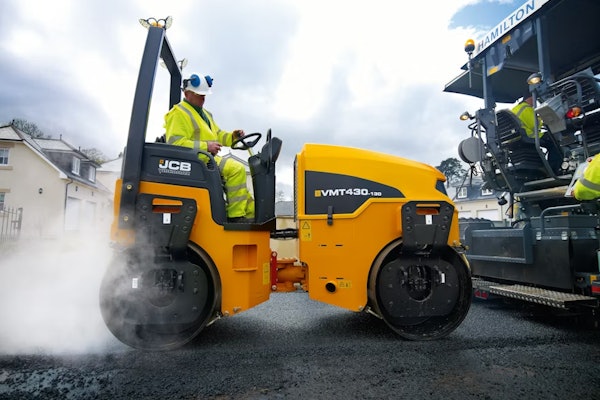The accident: A 42-year-old ironworker foreman was working on a structural steel beam roof. After a crane lifted a beam into position, the foreman noticed it needed adjusting, and set out to use a hammer to straighten it. The area where he needed to work had been barricaded with wire rope safety lines on all four sides, but he removed these lines to gain access to the beam. He was not using fall protection. Standing on a portion of completed roof decking, he reached his left foot out over an open area of the roof and rested it on the nearest joist girder. As he prepared to strike a blow with the hammer, his foot slipped off the girder, and he fell 28 feet to his death.
The bottom line: Falls from elevation account for one third of all deaths in construction, according to OSHA. Almost all sites have unprotected sides and edges, wall openings or floor holes at some point during construction.
To prevent injuries from falls, OSHA requires the use of at least one of the following when you’re exposed to a fall of 6 feet or more above a lower level: guardrails, safety nets and personal fall arrest systems.
Personal fall arrest systems will, when stopping a fall, do the following:
- Limit maximum arresting force to 1,800 pounds
- Be rigged so that you can neither free fall for more than 6 feet or contact any lower level
- Bring you to a complete stop and limit maximum deceleration distance to 3 1/2 feet
- Have sufficient strength to withstand twice the potential impact of your free falling either a distance of 6 feet or a distance permitted by the system.
Make sure you inspect safety harnesses and hardware carefully before use to make sure there are no defects. When in doubt, don’t use it.
Don’t allow acids, caustics or other corrosive materials on your safety harness. Never weaken the harness or strap by cutting, altering or by rough punching extra holes. In addition, don’t drop it or leave it on the ground, keep it away from sharp tools and wipe a wet harness with a clean, dry cloth, letting it dry slowly at room temperature. Never use gasoline or other solvents to clean any harness. Do not expose any harness to extreme cold or heat. Inspect fall protection systems for burns, holes or heat effects caused by welding or burning.
But the most important point about personal fall protection safety systems is they must be worn. They give you the ability to go home when – like the foreman in our example – you slip and fall.
Information for this Safety Watch was gathered from OSHA, the California Department of Health Services and the Associated General Contractors of America. It is meant for general information purposes only. For more information on fall protection systems, go to www.osha.gov/SLTC/etools/construction/falls.










